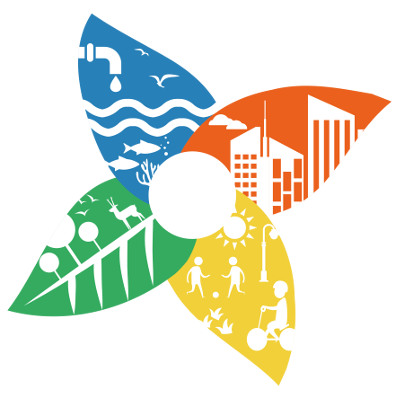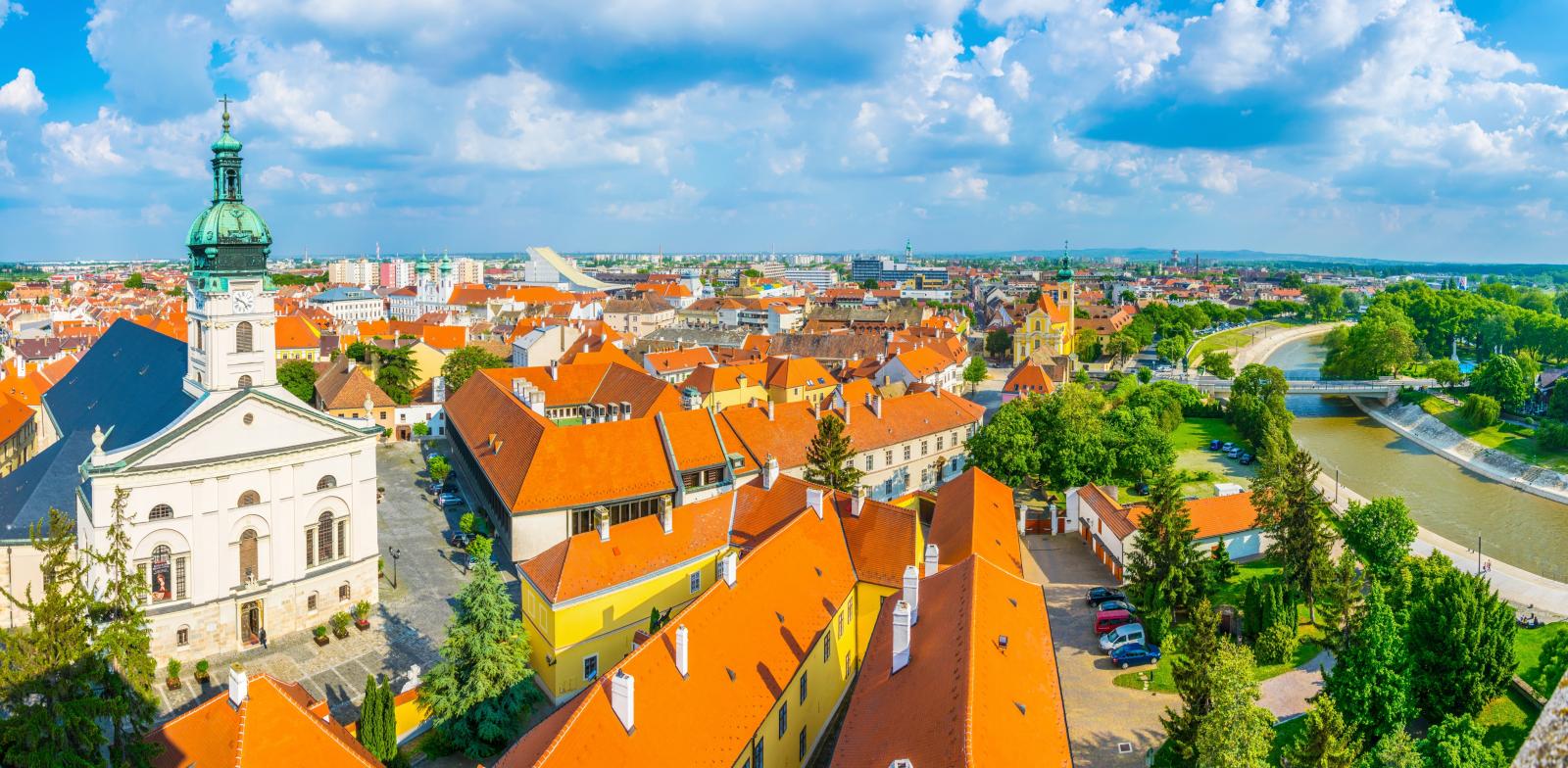Győr
Growing traffic, loss of farmlands to grey infrastructure, increasing waste production and air quality concerns due to waste incineration are some of the challenges facing the city, which is still carrying some of the legacy from the socialist era in the form of inefficient energy use in older buildings, among others. Recently Győr has embarked on an ambitious ’smart city’ program in collaboration with some of the large utility companies. Focused mainly on the energy sector and hard infrastructure, engaged local government and universities, there is a need and opportunity to expand the smart concept to the city’s natural assets by taking stock, assessing and tackling problems and capitalizing on the strengths in its natural environment.
The GYOR Urban-Regional Innovation Partnership (URIP) is convened by the Hungarian Academy of Sciences and the Central European University Budapest. Together, they have been bringing together stakeholders from 15-17 public and private organizations to mainstream the use of nature-based solutions in Gyor. In 2017, the partnership mapped NBS interventions and opportunities, finding that discussions are intensifying on tree preservation, green and blue infrastructure, motorized transport, vacant space on riversides, brownfield redevelopment and management of the peri-urban forest. The need to develop alternative visions for a few neighbourhoods was also articulated, potentially in cooperation with another research project. In 2018, the URIP has developed an innovative vision for NBS in relation to the forest area, long-term management of green spaces, spatial footprint and the heat island effect.

